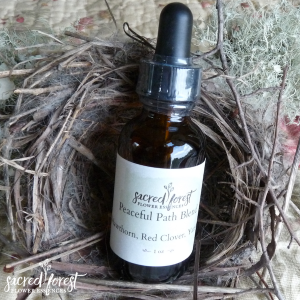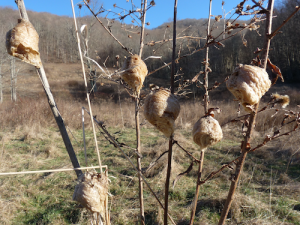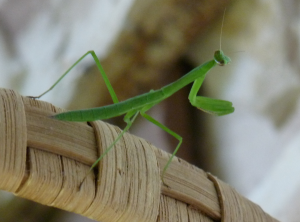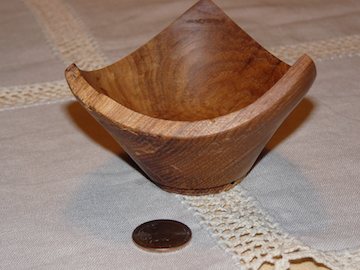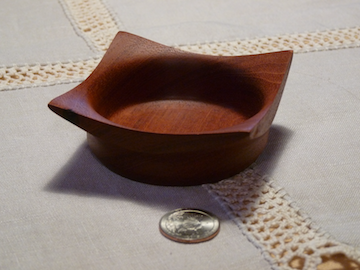Biodynamic Calendar
Contributed by Harry
When we farmed, we began using Biodynamic methods in 2003 in addition to the organic methods to which we adhered.
In the early 1920s, some farmers in Europe were noticing negative changes in the general health of their crops, livestock and farms. Some of this decline was attributed to the new synthetic fertilizers being introduced after World War I. A few followers of the philosopher Rudolf Steiner asked him for help. In a single series of lectures he presented in June 1924, he proposed a set of agricultural principals and philosophy, which were actually founded on ancient traditional farming wisdom. His followers took his suggestions, researched them, expanded them and applied them. His teachings are some of the basis of what we call ‘organic’ farming today and more specifically what is now ‘Biodynamic’ farming.

A 42-inch wide Senposai collard plant!
One small aspect of Biodynamics is a calendar to guide much of our activities. We still use the Biodynamic calendar for our gardening. There are other aspects of Biodynamics, which we will discuss at a later time.
We cannot explain why planting a tomato seed on one day (a so-called “Fruit day”) produces a healthier, more productive plant than starting that seed on another day (like a “Leaf day”). But, our experience showed us it does. It sounds like magic – maybe it is. All we know is it worked for us. Our customers were very happy with our produce and flowers.
The Biodynamic calendar has nothing to do the Farmers’ Almanac, Old Farmer’s Almanac or other almanac calendars. The Biodynamic calendar is based on the astronomical zodiac and the moon and planets, not astrology. (Stella Natura is the calendar we use. The North American Maria Thun Biodynamic Calendar is also available for North America.)
Basically, when the moon appears to pass ‘through’ constellations of the Ram (Aries), the Lion (Leo) and the Archer (Sagittarius) it is more favorable to work with plants we grow for their fruit. These are plants like tree fruits (apples, cherries, walnuts and avocados, etc.), legumes (beans, peas, etc.), cucurbits (cucumbers, melons, squash, etc.) the grains (corn, wheat, buckwheat, etc.), tomatoes, peppers and similar things. “Work with” means planting the seeds, transplanting seedlings, pruning, fertilizing, weeding and harvesting.
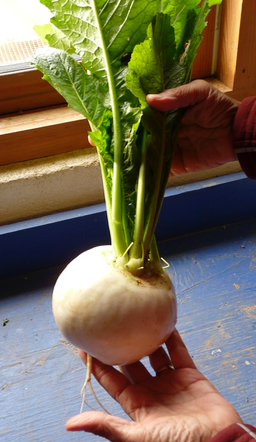
A 2-pound sweet, crisp Hakurai salad turnip!
As the moon passes through the Bull (Taurus), the Virgin (Virgo) and the Goat (Capricorn) it is preferable to work with plants whose ‘roots’ we want: carrots, beets, potatoes, onions, etc. Botanically, a potato is truly a stem and onions and garlic are actually leaves, but because they reside under the surface of the soil they are treated as roots.
There are similar periods for ‘leaf’ crops like lettuce, kale, chard, cabbage, etc. and yet other constellations influence ‘flower’ crops like all the ornamental and cut flowers and artichokes and broccoli (but not cauliflower, according to research, which is a ‘leaf’ crop – go figure).
In a 28-day lunar cycle, there will be 3 repetitions of Root, Flower, Leaf, and Fruit periods – in that specific order. Each period is a different length because the constellations are different sizes (unlike astrology): the Lion (Leo) Fruit period is 3 full days while the Crab (Cancer) Leaf period is about 30 hours.
When I first was learning about Biodynamic methods, it sounded like a lot of hooey and hocus-pocus. I was trained as a scientist not a magician or metaphysician. Well, scientists experiment. So I did. As my instructor passed on from his mentor, “Try it. You don’t have to believe it for it to work.” I tried it. It works. I still don’t understand how or why, but I believe it now.
Of course, planting and tending your plants on the ‘wrong’ day will not condemn them to debilitation and death, but why not give them every advantage you can.
There are websites available that publish Biodynamic calendars online, (here is one, another and another) just don’t forget to translate the times to your location for the transitions from one period to the next.
Organized under Gardening, Harry, Spring. No comments.
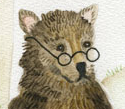
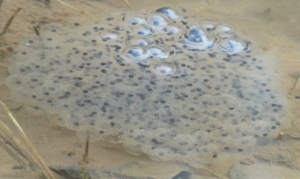

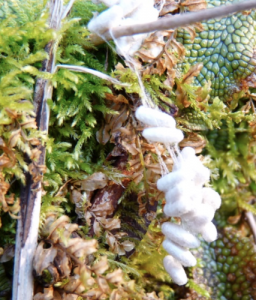

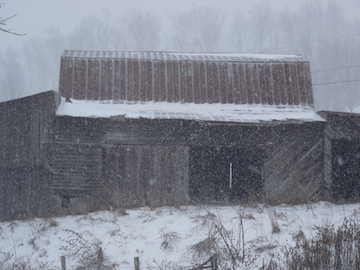
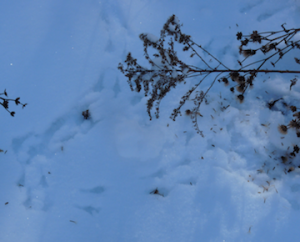
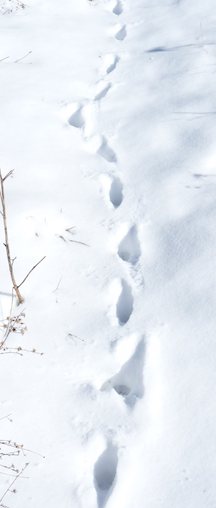 * After the clouds have dropped their frozen cargo and departed, the sun comes and makes every snowflake sparkle like the whole world is covered in diamond dust.
* After the clouds have dropped their frozen cargo and departed, the sun comes and makes every snowflake sparkle like the whole world is covered in diamond dust.


